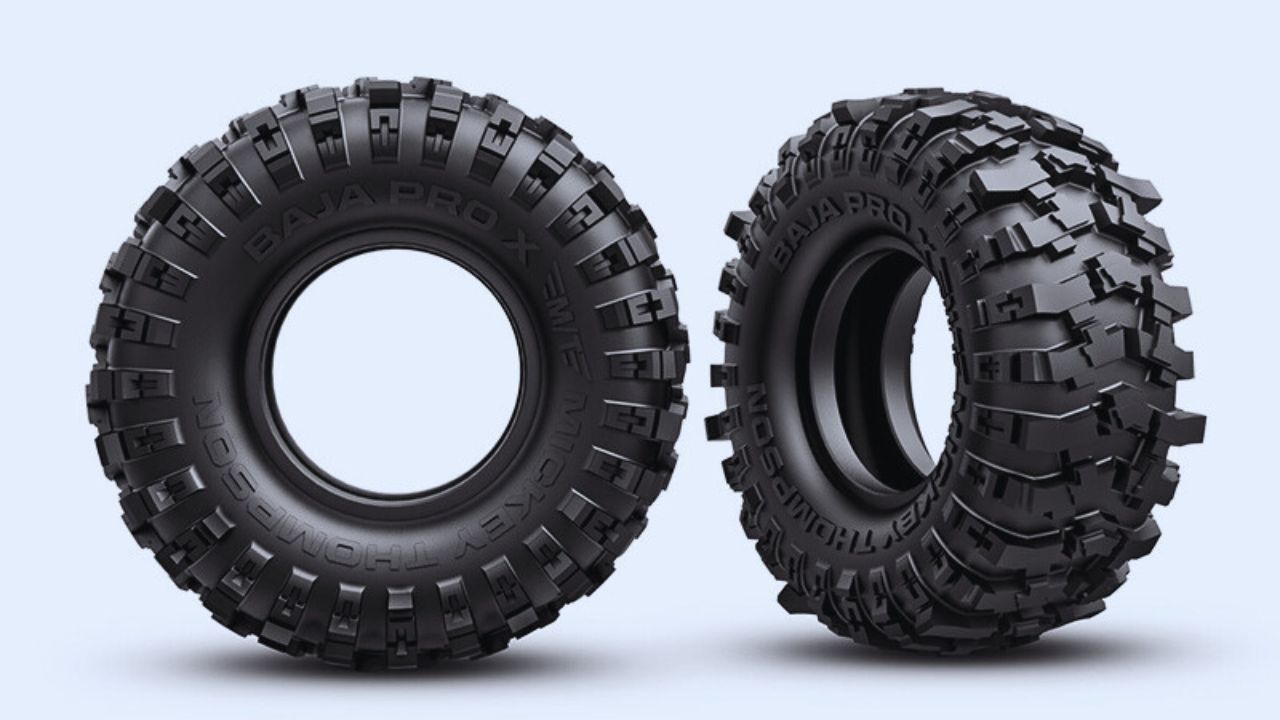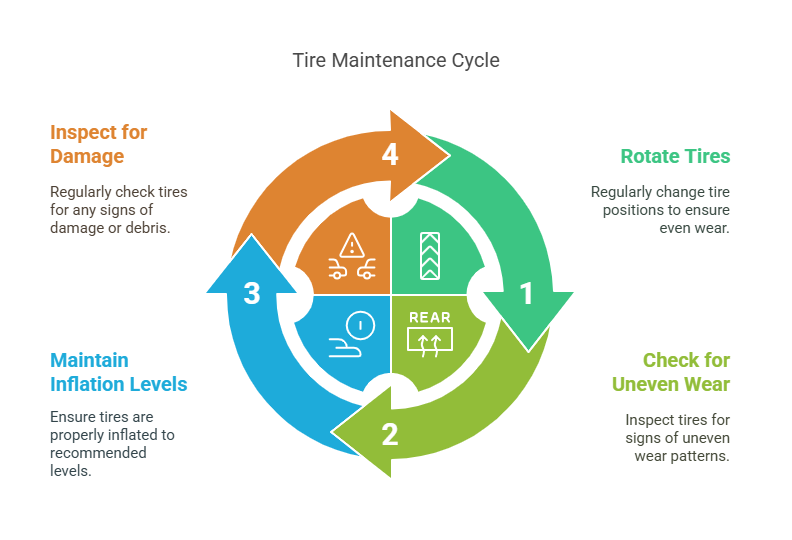Even experienced drivers can struggle on loose surfaces. Dunes, gravel roads, and muddy trails—the tires are the direct link to performance and need to provide adequate grip. As the only contact point between the vehicle and the road, tires play a vital role in the car’s dynamics while in motion. By understanding, in simple terms, how various aspects of a tire contribute to improved traction, both enthusiasts and professionals can make informed decisions.
The Chemistry of Traction Between Tires
Tire grip is a multi-variable phenomenon that determines the stability and controllability of the vehicle. When it comes to maximizing traction, factors such as tread design, rubber compound, and tire construction are crucial. Specialized tread patterns are designed to channel debris away, maintain contact with the ground, and provide more control on loose surfaces. Understanding these factors in detail helps us appreciate how high-performance tires like a Mickey Thompson tyre work.
Tread Patterns: More Than Meets the Eye
To offer more traction, tread patterns are key. Deep treads are particularly effective at providing grip on soft earth, helping to maintain control while minimizing backsliding. Not only does this improve grip, but it also allows the tread to self-clean, preventing debris buildup that could compromise performance. Engineers typically use asymmetric or directional patterns to maximize grip and/or stability.
Rubber Compounds: A Delicate Balancing Act
Tire compounds are among the biggest influences on performance. Softer compounds provide maximum contact by deforming to fit surface imperfections, which theoretically increases grip. In contrast, harder compounds offer better durability and wear resistance. The optimal balance of these characteristics allows tires to perform effectively on various surfaces. This is especially crucial for drivers tackling different terrains with a single set of tires.
Design and Access: Performance-oriented
Much of a tire’s grip comes from its internal structure. Stiff sidewalls provide stability, while flexible carcasses allow greater flexibility over uneven ground. A mix of radial and bias-ply construction techniques offers a near-perfect balance of strength and flexibility. Features like siping—tiny cuts in the tread blocks—further enhance grip by providing additional edges to bite into the surface.
Why Tire Pressure is So Important?
Tire pressure plays a pivotal role in vehicle performance, especially in terms of grip, handling, and longevity. On hard surfaces, such as highways or paved roads, higher tire pressure reduces rolling resistance, allowing the vehicle to move more efficiently and with less energy. This results in better fuel efficiency and can help maintain a consistent grip. However, on softer surfaces like gravel or sand, lower tire pressure can increase the contact area between the tire and the ground, improving traction.
Adjusting tire pressure according to terrain is essential not only for optimal performance but also for tire durability. Incorrect pressure can lead to uneven wear, decreased lifespan, and even the risk of a blowout. Regularly checking and adjusting tire pressure based on specific driving conditions ensures that vehicles handle better, wear evenly, and run safely, preventing costly repairs and maximizing performance.
Maintenance: Keep It Running and Smooth
With routine maintenance, tires will perform optimally throughout their lifespan. Regular tire rotations, checking for uneven wear, and maintaining proper inflation levels all contribute to reliable performance. Inspecting for damage and debris prevents potential failures during critical moments. Remember, regular maintenance pays off in terms of both safety and performance.
Tire Technology Innovations
Tire technology continues to evolve beyond existing capabilities. Advances in materials, design, and manufacturing techniques have resulted in tires that offer better grip and last longer. Modern tires feature innovations like silica compounds to improve wet traction and Kevlar reinforcements for added strength. Staying informed about these advancements helps consumers choose tires that best match their driving needs.
Which Tyres to Choose?
Choosing the right tires is a complex task that depends on terrain, driving style, and vehicle specifications. Seeking advice from experts or using online reviews and forums can be incredibly helpful. Making the right decision will ensure safety and performance during every drive.
Conclusion
Understanding the nuances of tire performance gives drivers the confidence to tackle loose surfaces with ease. By considering factors like tread patterns, rubber compounds, and construction attributes, drivers can make decisions that enhance their driving experience. Regular maintenance and staying current with technological advancements ensure tires remain reliable companions on every adventure. With the right tires, each journey becomes an opportunity to explore new landscapes and conquer new trails.








































